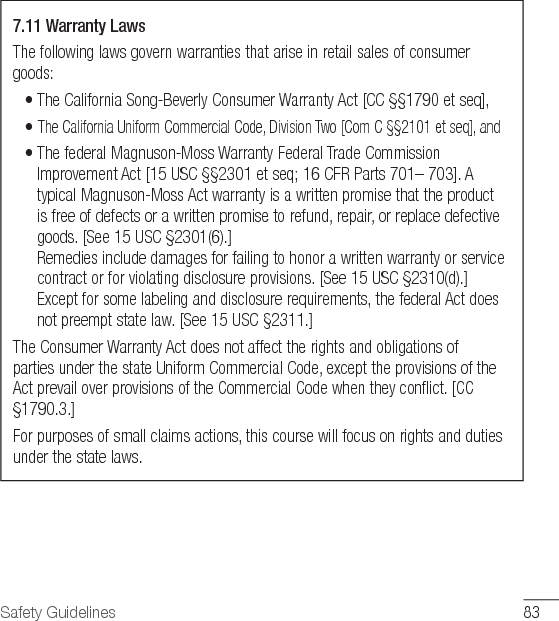LG Electronics USA 329G GSM/WCDMA Phone User Manual LG 329G V1 0 Cover indd
LG Electronics MobileComm USA, Inc. GSM/WCDMA Phone LG 329G V1 0 Cover indd
Contents
- 1. User manual_LG-329G_TRF_UG_EN_draft_150527-1
- 2. User manual_LG-329G_TRF_UG_EN_draft_150527-2
- 3. User manual_LG-329G_TRF_UG_EN_draft_150527-3
- 4. User manual_LG-329G_TRF_UG_EN_draft_150527-4
User manual_LG-329G_TRF_UG_EN_draft_150527-4
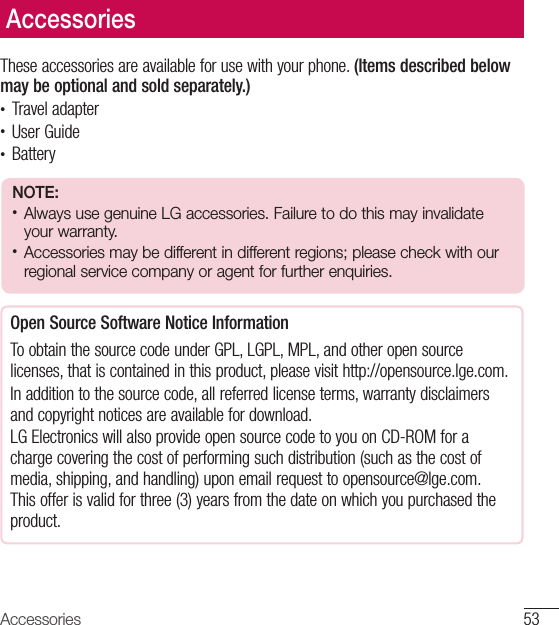
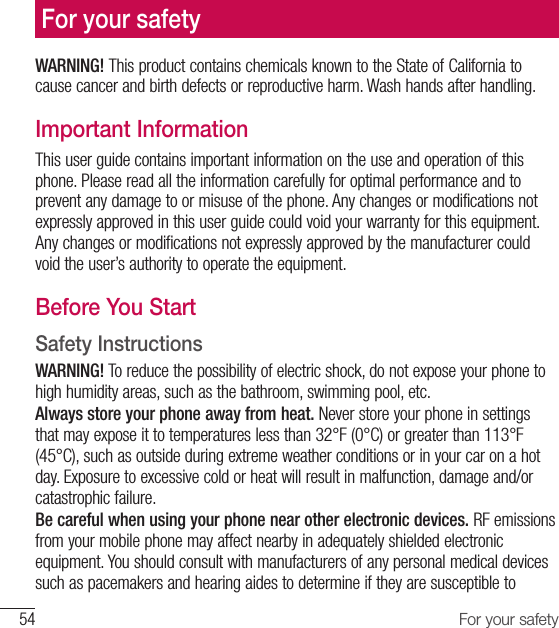
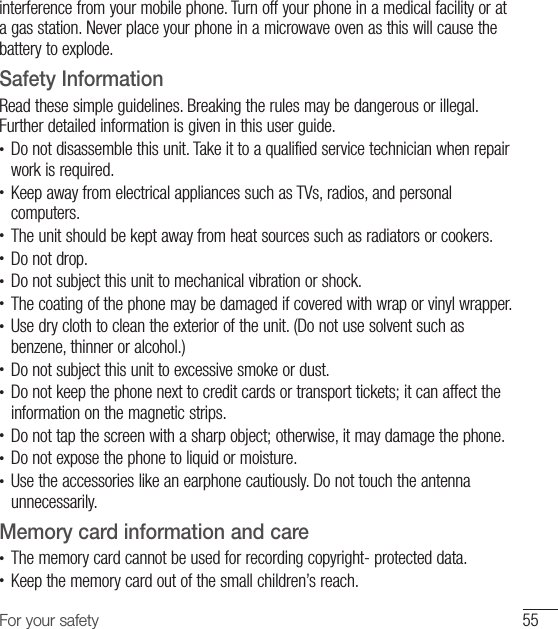
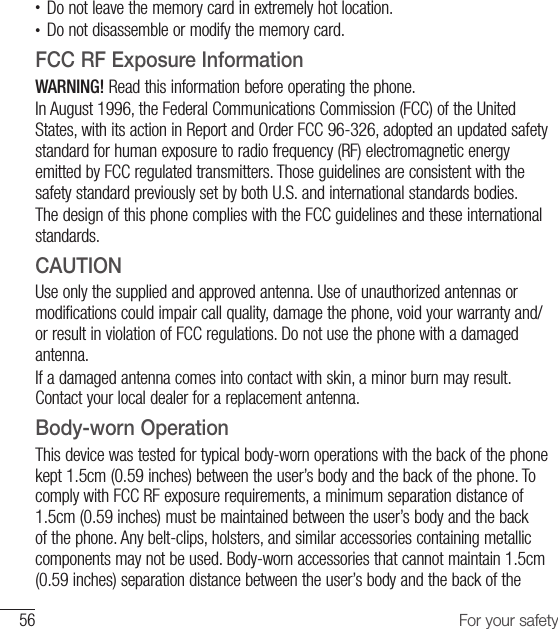
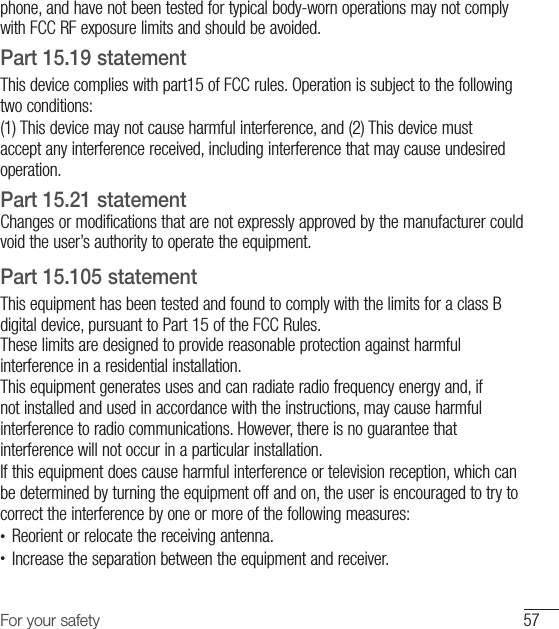
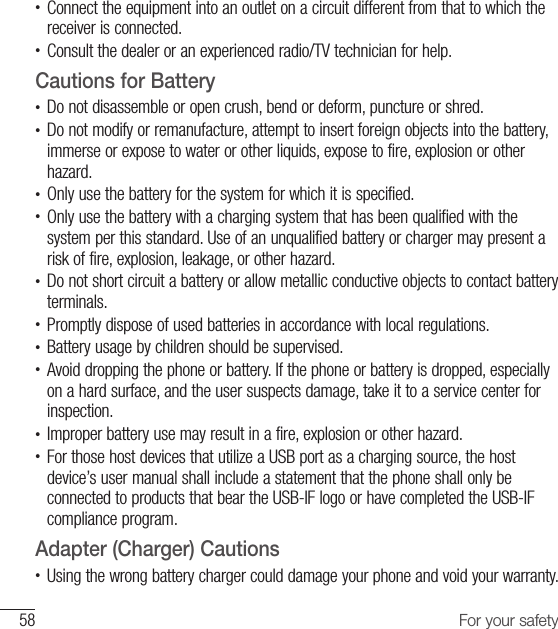
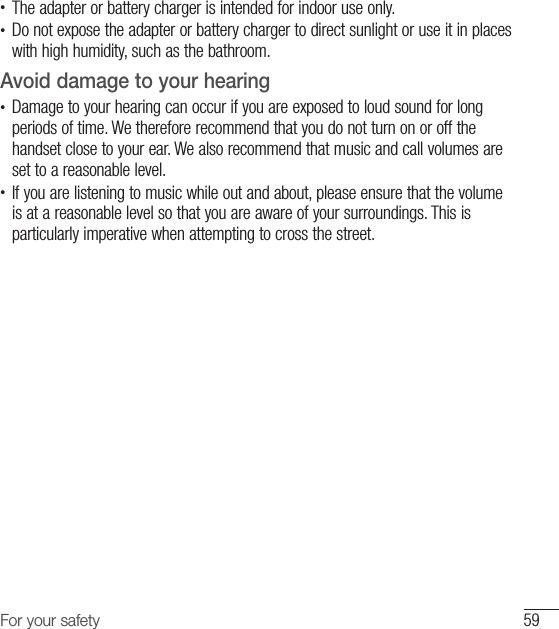
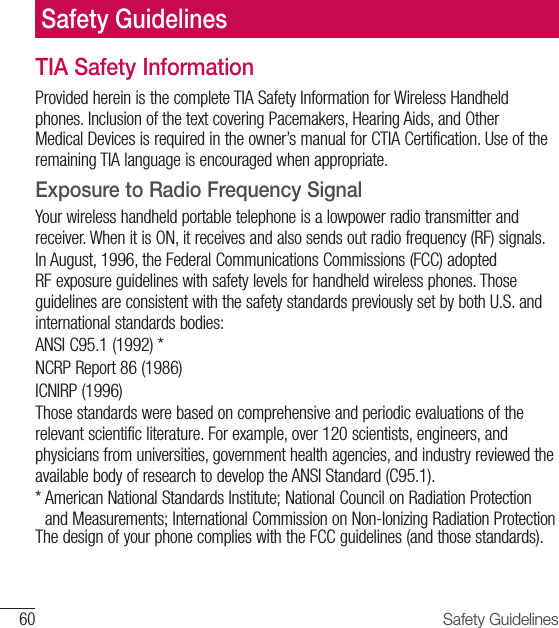
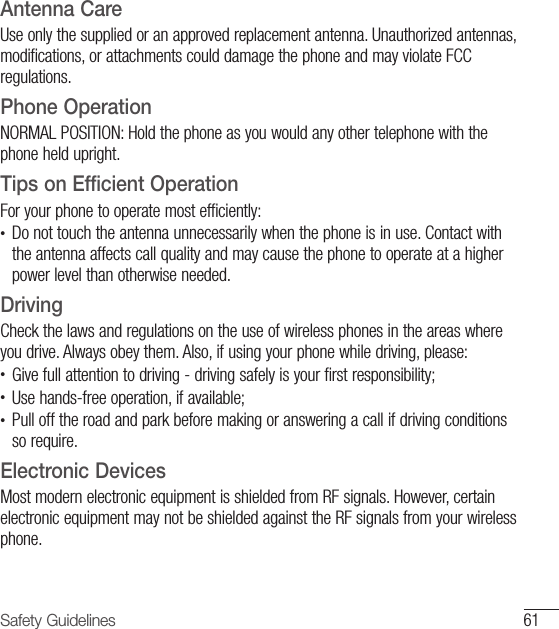
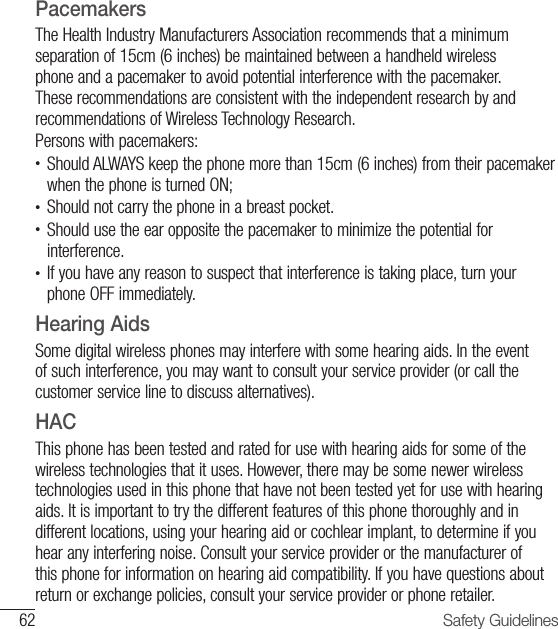
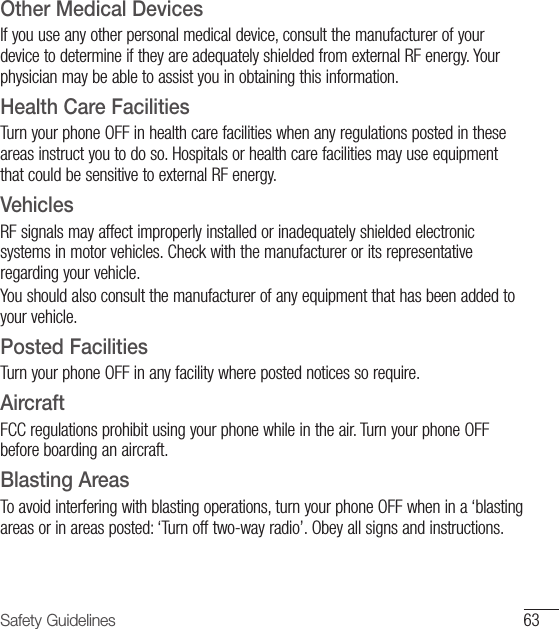
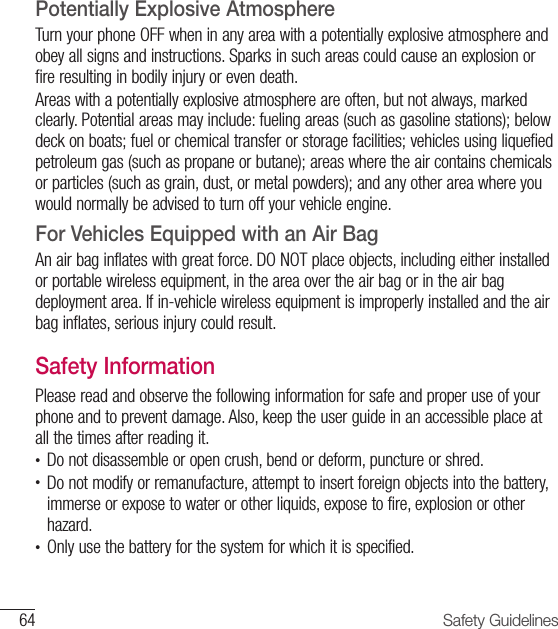
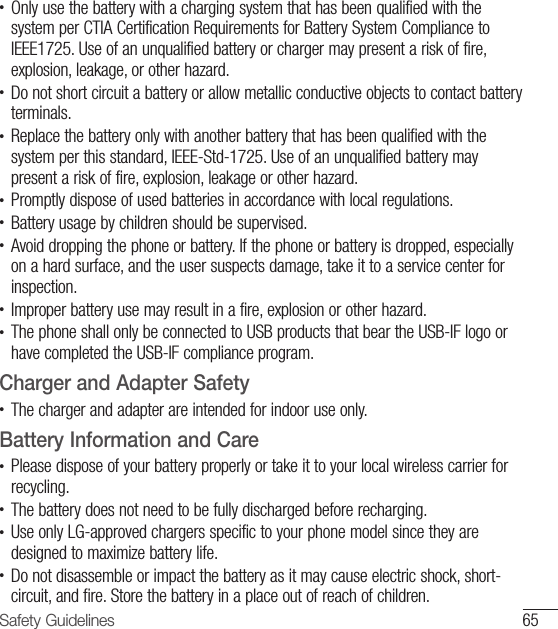
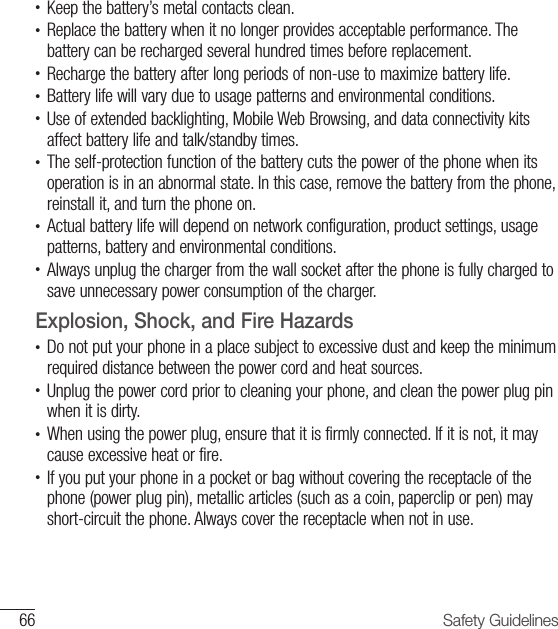
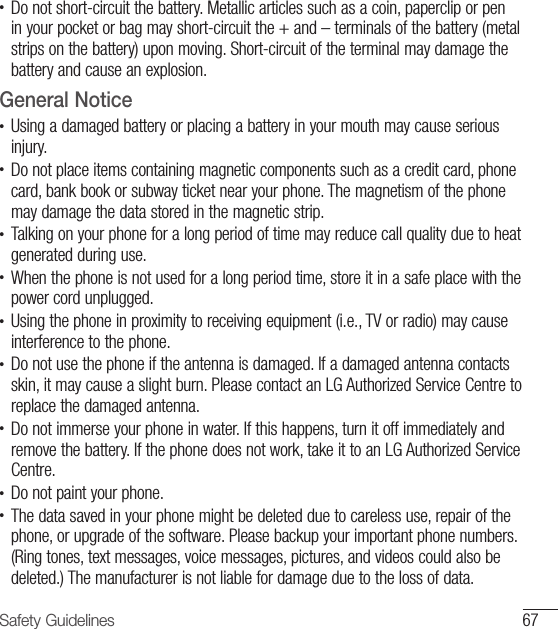
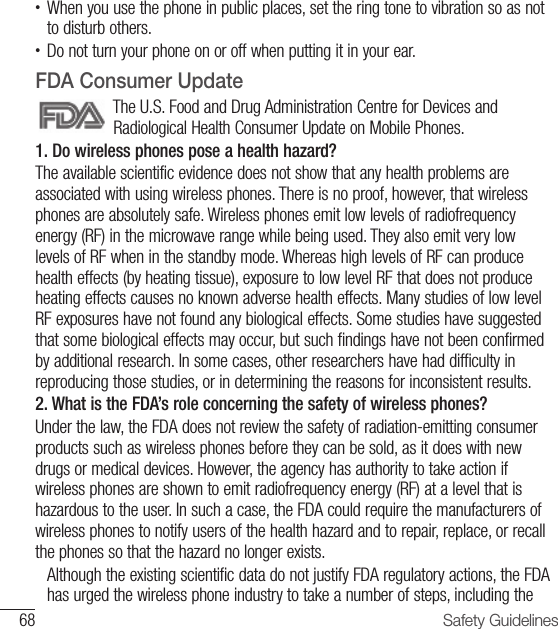
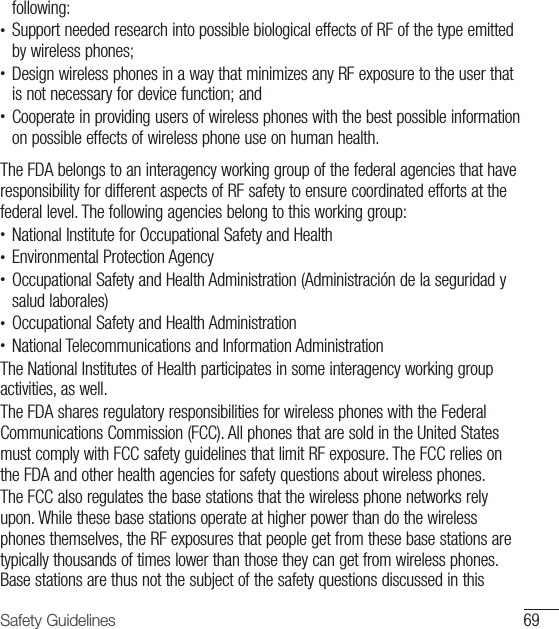
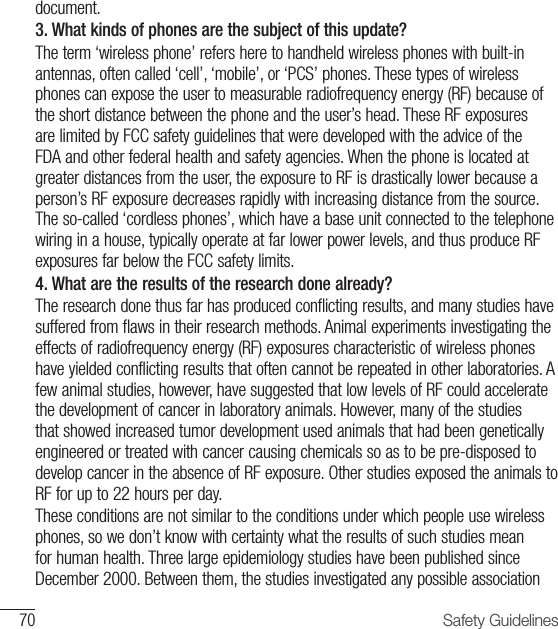
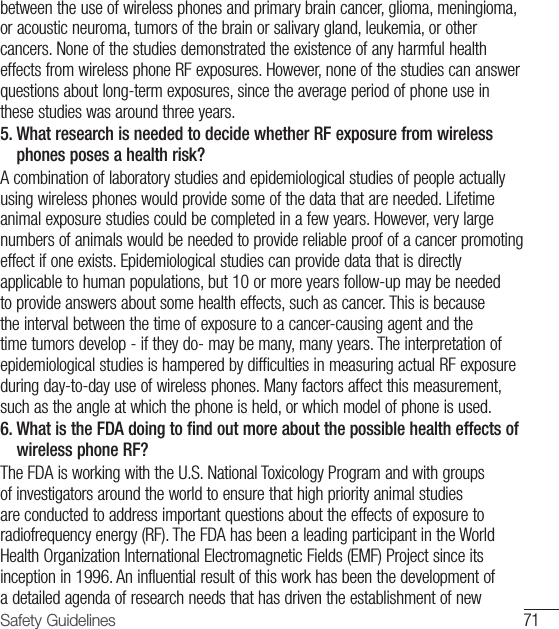
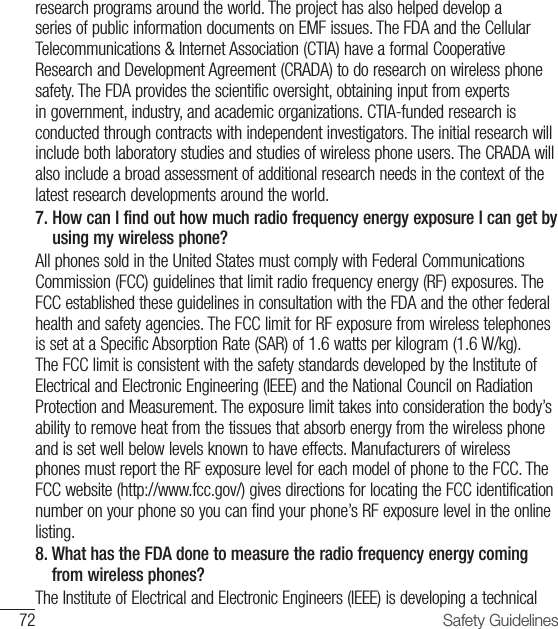
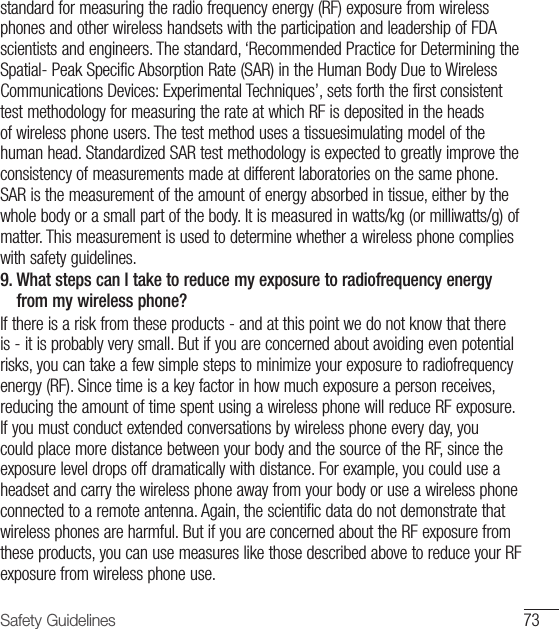
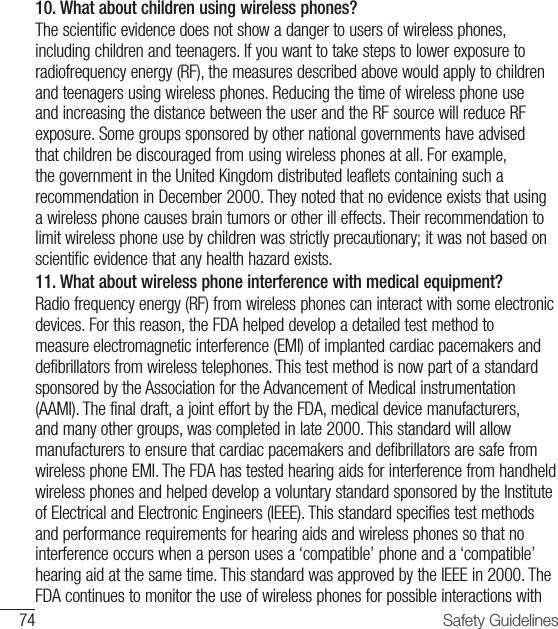
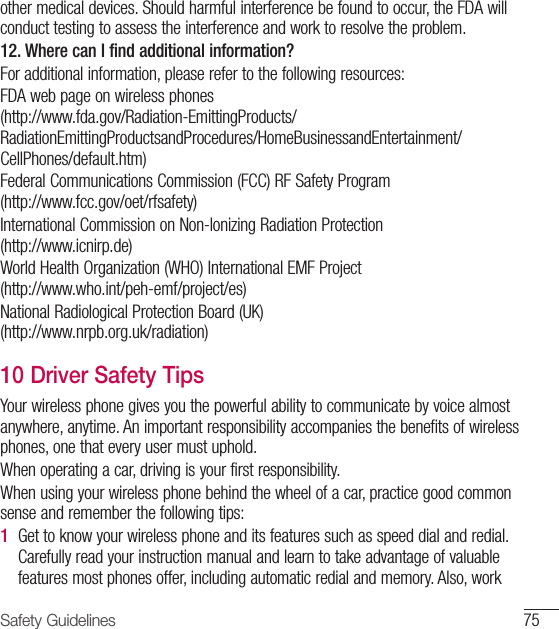
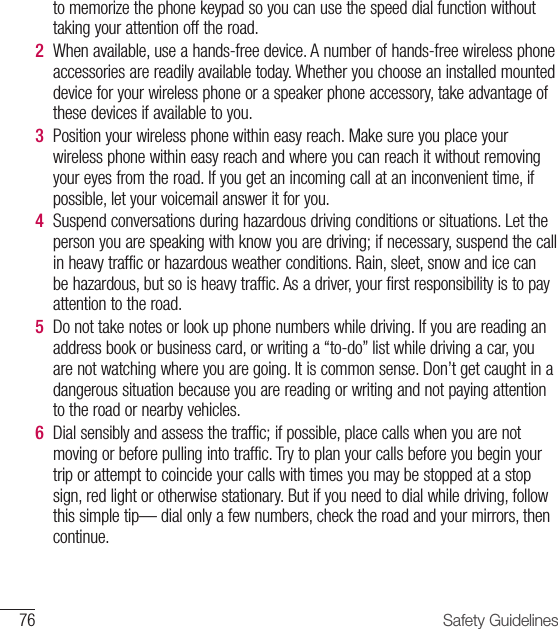
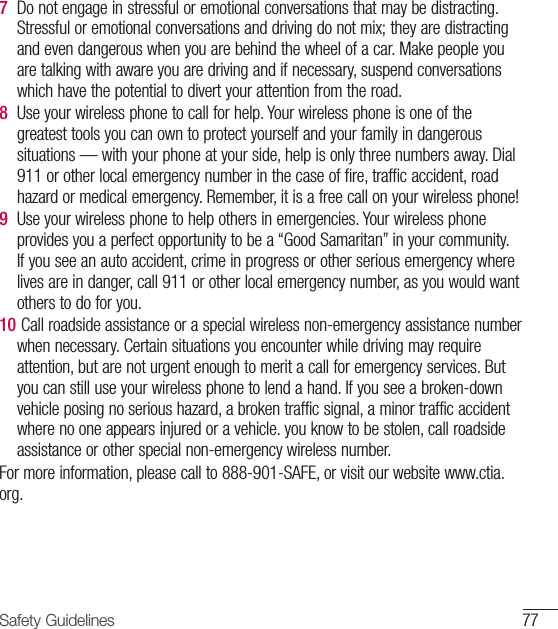
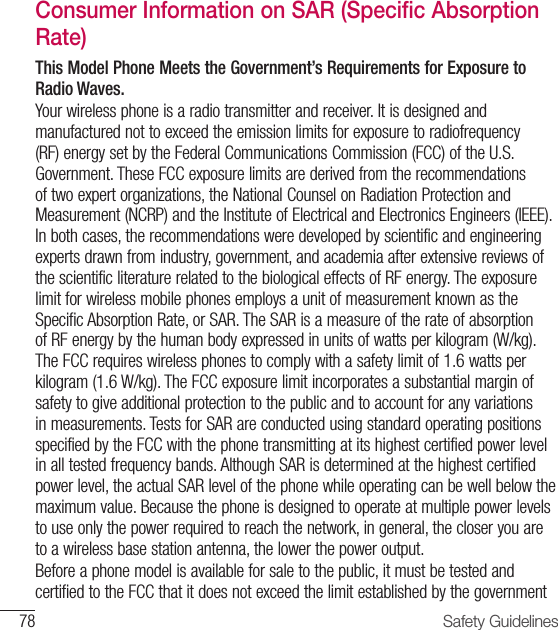
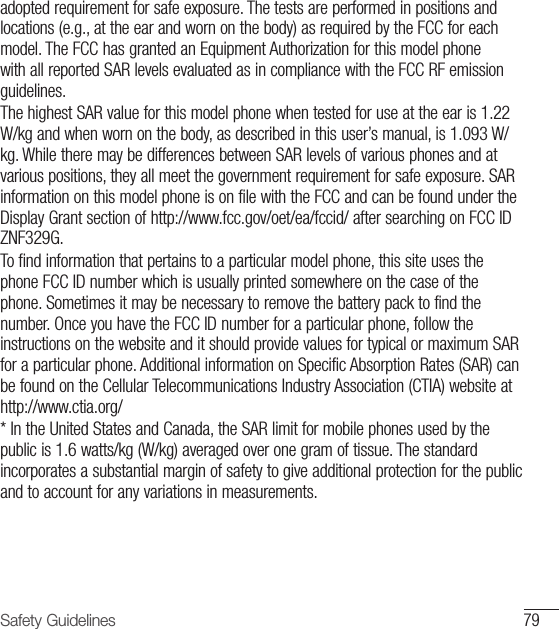
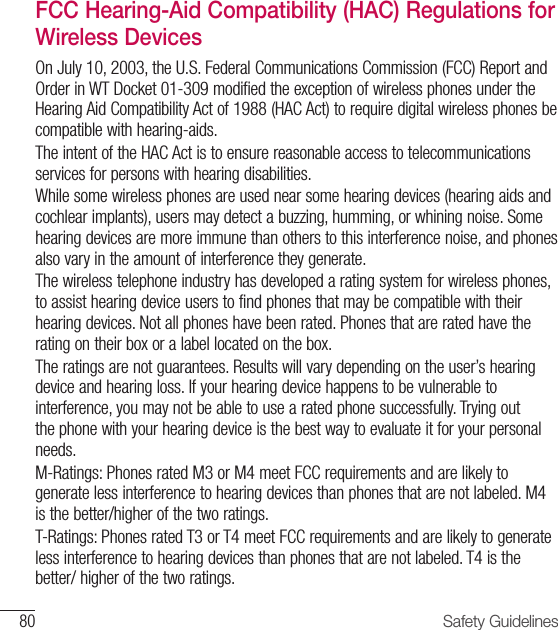
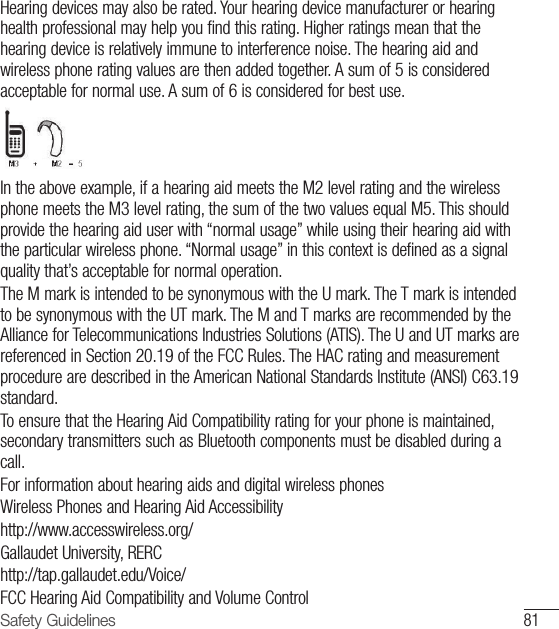
![82 Safety Guidelineshttp://www.fcc.gov/cgb/dro/hearing.htmlThe Hearing Aid Compatibility FCC Orderhttp://hraunfoss.fcc.gov/edocs_public/attachmatch/FCC-03-168A1.pdfHearing Loss Association of America [HLAA]http://hearingloss.org/content/telephones-and-mobile-devices](https://usermanual.wiki/LG-Electronics-USA/329G.User-manual-LG-329G-TRF-UG-EN-draft-150527-4/User-Guide-2819013-Page-30.png)
![83Safety Guidelines7.11 Warranty LawsThe following laws govern warranties that arise in retail sales of consumer goods: • The California Song-Beverly Consumer Warranty Act [CC §§1790 et seq], • The California Uniform Commercial Code, Division Two [Com C §§2101 et seq], and • The federal Magnuson-Moss Warranty Federal Trade Commission Improvement Act [15 USC §§2301 et seq; 16 CFR Parts 701– 703]. A typical Magnuson-Moss Act warranty is a written promise that the product is free of defects or a written promise to refund, repair, or replace defective goods. [See 15 USC §2301(6).]Remedies include damages for failing to honor a written warranty or service contract or for violating disclosure provisions. [See 15 USC §2310(d).] Except for some labeling and disclosure requirements, the federal Act does not preempt state law. [See 15 USC §2311.]The Consumer Warranty Act does not affect the rights and obligations of parties under the state Uniform Commercial Code, except the provisions of the Act prevail over provisions of the Commercial Code when they conflict. [CC §1790.3.]For purposes of small claims actions, this course will focus on rights and duties under the state laws.](https://usermanual.wiki/LG-Electronics-USA/329G.User-manual-LG-329G-TRF-UG-EN-draft-150527-4/User-Guide-2819013-Page-31.png)
